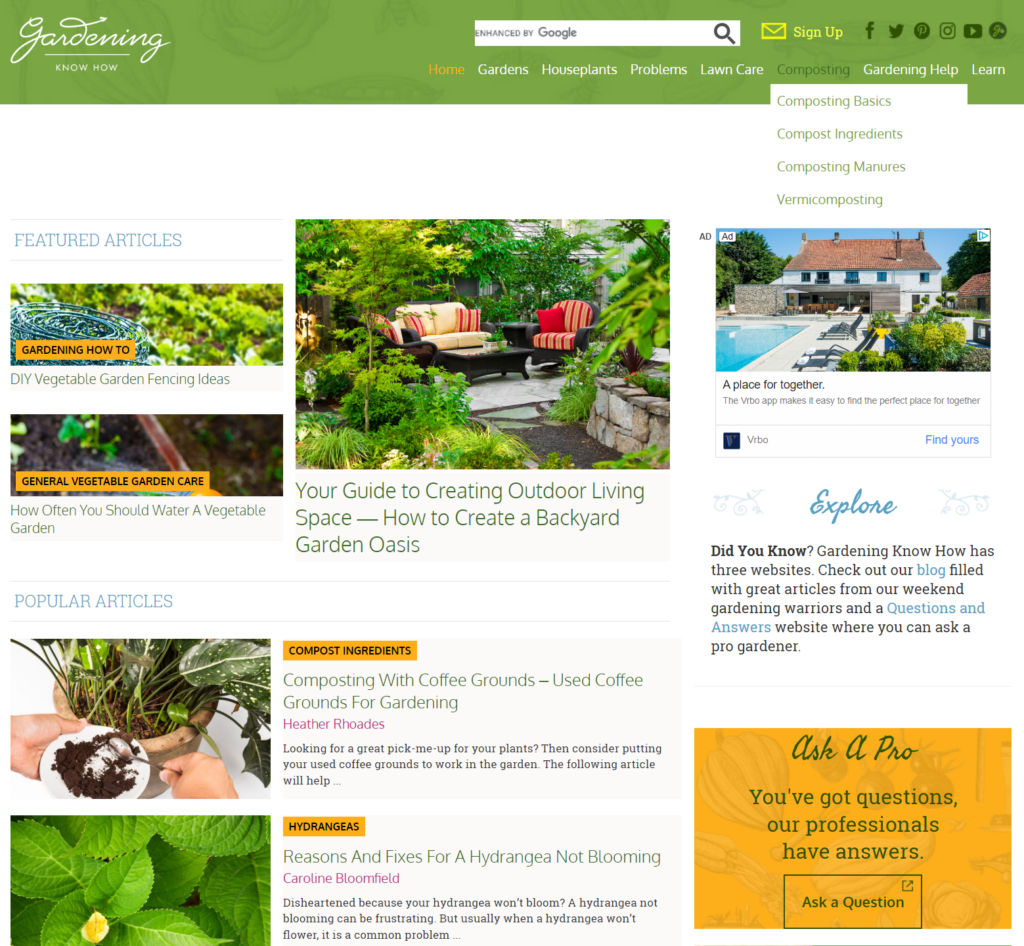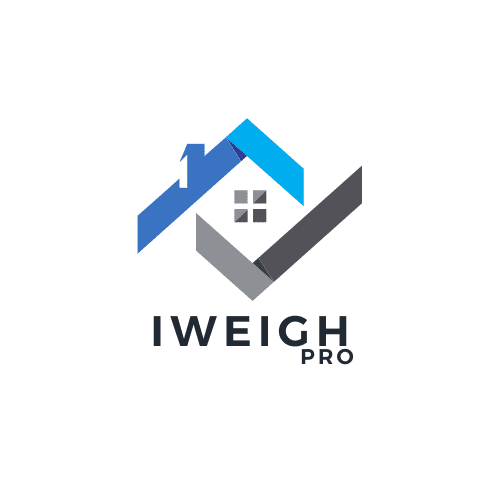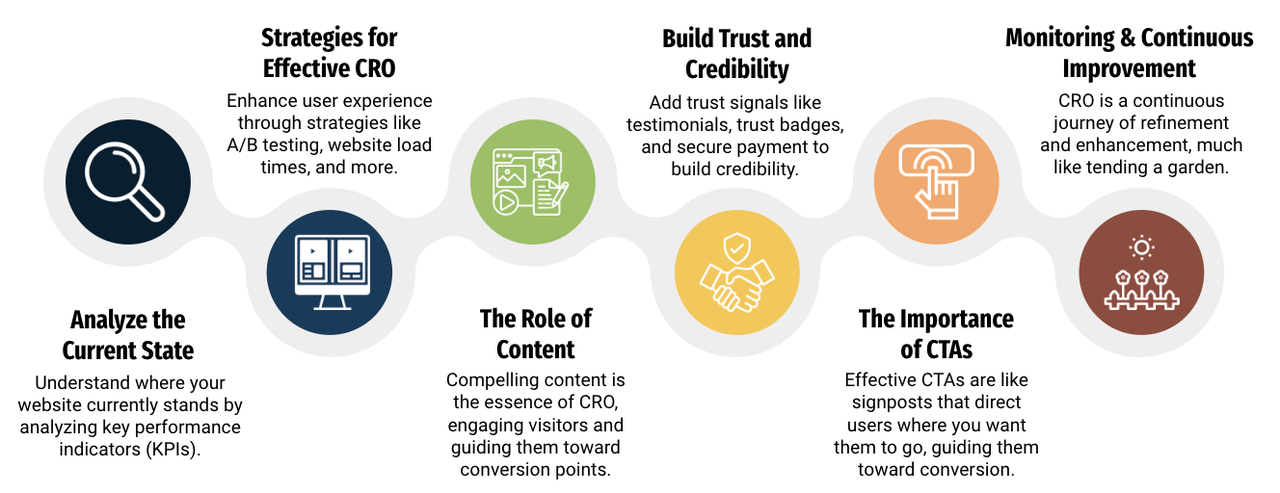Analyzing Your Garden Websites Performance
Is your garden website not performing as well as you’d like? Don’t worry, we’ve got you covered! Today, we’re going to dive into the exciting world of analyzing your garden website’s performance. So, get ready to uncover valuable insights and boost your online presence!
Now, you might be wondering, why is analyzing your garden website’s performance so important? Well, imagine this: you’ve put your heart and soul into creating a stunning website, filled with beautiful gardening tips, tricks, and resources. But if nobody can find your site or if it’s not user-friendly, all your hard work may go unnoticed.
That’s where analyzing your garden website’s performance comes in. It allows you to assess how well your website is doing, identify areas for improvement, and make data-driven decisions to attract more visitors and keep them coming back for more. So, let’s roll up our sleeves and get started on this exciting journey!
Analyzing Your Garden Website’s Performance: A Comprehensive Guide
**
**Introduction:**
In today’s digital age, having a strong online presence is crucial for any business, including garden websites. However, simply having a website is not enough; you need to constantly assess and analyze its performance to ensure that it is effective in reaching your target audience and achieving your goals. In this article, we will delve deep into the topic of analyzing your garden website’s performance, providing you with valuable insights and practical tips to optimize its success.
**
1. Setting Clear Goals and Objectives
**
To effectively analyze your garden website’s performance, it is essential to establish clear goals and objectives. Your goals should be specific, measurable, attainable, relevant, and time-bound (SMART). For example, you might aim to increase website traffic by 20% within three months or generate 50% more leads through your contact form. Having well-defined objectives will help you determine which aspects of your website to monitor and evaluate.
Once you have established your goals, you can employ various analytical tools to measure and track your website’s performance. Tools like Google Analytics provide valuable insights into your website’s traffic, visitor behavior, and conversion rates. By analyzing important metrics such as page views, bounce rates, and average session duration, you can gain a better understanding of how visitors interact with your site and identify areas for improvement.
Additionally, consider setting up conversion tracking to measure the success of specific actions on your website, such as newsletter sign-ups or product purchases. This data will allow you to evaluate the effectiveness of your website in achieving your goals and make informed decisions to optimize its performance.
**
2. Evaluating User Experience and Design
**
The user experience (UX) and design of your garden website play a critical role in its performance. A well-designed website with intuitive navigation, attractive visuals, and engaging content will not only keep visitors on your site longer but also encourage repeat visits and conversions.
One way to analyze the user experience is by conducting usability testing. This involves observing real users as they navigate through your website and identifying any usability issues or friction points they encounter. You can use tools like Hotjar or UserTesting to gather valuable feedback and insights from real-time user sessions.
Furthermore, consider conducting A/B testing to compare different design elements, layouts, or calls-to-action. By testing variations and tracking user interactions, you can gain insights into what resonates best with your target audience and make data-driven decisions to enhance your website’s performance.
**
3. Optimizing Website Performance and Speed
**
Website performance and speed are crucial factors in providing a positive user experience and driving engagement. Slow-loading pages can lead to high bounce rates and deter visitors from exploring your website further. Therefore, it is essential to regularly assess and optimize the performance of your garden website.
Start by analyzing your website’s page load time using tools like Google PageSpeed Insights or GTmetrix. These tools will highlight any areas that need improvement, such as large image sizes or excessive scripting. Compressing images, minifying code, and enabling caching are just a few optimization techniques that can significantly enhance your website’s speed.
In addition, consider using a content delivery network (CDN) to distribute your website’s content across multiple servers worldwide. This enables visitors to access your website quickly, regardless of their geographical location. By optimizing your website’s performance, you can ensure a seamless browsing experience for your visitors, increase their engagement, and ultimately achieve your website’s objectives.
**
The Importance of Regular Content Analysis
**
**Introduction:**
When it comes to analyzing your garden website’s performance, content analysis holds immense value. Your website’s content serves as the foundation for attracting and engaging your target audience. It is essential to regularly assess the effectiveness of your content strategies and make necessary adjustments to optimize your website’s performance. Below, we explore three key aspects of content analysis for garden websites.
**
1. Assessing Content Relevance and Quality
**
The first step in content analysis is evaluating the relevance and quality of your existing content. Consider conducting a thorough content audit to identify outdated or irrelevant material that may be affecting your website’s performance. Look for gaps in your content that could be fulfilled with new, valuable information. Additionally, analyze your website’s bounce rates and time on page to determine if visitors are engaging with your content.
When assessing content quality, consider the following factors:
– Is the information accurate and up-to-date?
– Are the writing style and tone suitable for your target audience?
– Is the content well-structured and easy to read?
– Does the content align with your website’s goals and objectives?
By regularly reviewing and enhancing your content, you can improve its relevance, meet your audience’s needs, and enhance your website’s overall performance.
**
2. Optimizing Keywords and SEO Strategy
**
Analyzing your garden website’s performance also involves evaluating your keyword usage and search engine optimization (SEO) strategy. Start by identifying the keywords your target audience is using to search for gardening-related information or products. Tools like Google Trends, SEMrush, or Moz’s Keyword Explorer can provide valuable insights into popular search terms and their search volume.
Once you have identified relevant keywords, review your website’s content to ensure they are strategically incorporated. Aim for a natural integration of keywords throughout your content, including headings, subheadings, and meta tags. Additionally, analyze your website’s search rankings for targeted keywords to determine if your SEO efforts are effective.
Remember that effective keyword usage is just one aspect of SEO. Assess other SEO factors, such as backlink profile, site architecture, and mobile optimization, to ensure your garden website is fully optimized for search engines. Continually refining and improving your SEO strategy will help increase your website’s visibility and organic traffic.
**
3. Monitoring Social Media Engagement
**
In today’s digital landscape, social media plays a significant role in driving website traffic and engagement. Analyzing your garden website’s performance should include monitoring your social media presence and its impact on your website. Social media platforms provide valuable analytics tools that allow you to assess the success of your content and engagement strategies.
Track metrics such as reach, engagement (likes, comments, shares), and click-through rates for posts that direct users to your website. Analyze which types of content resonate most with your audience and optimize your social media strategy accordingly. Regularly assess the performance of your social media campaigns to identify trends, discover opportunities for growth, and drive more traffic to your website.
By regularly analyzing your garden website’s content, keywords, and social media engagement, you can consistently improve its performance, attract a larger audience, and achieve your desired objectives.
**
Tips for Mobile Optimization and Responsiveness
**
**Introduction:**
With the increasing use of smartphones and tablets, it has become critical for garden websites to prioritize mobile optimization and responsiveness. In this section, we will explore key tips and strategies to ensure that your website offers a seamless experience on various mobile devices.
**
1. Responsive Web Design
**
One of the most important aspects of mobile optimization is implementing a responsive web design. With a responsive design, your website will automatically adapt to fit the screen size of any device, providing a consistent user experience.
To ensure your garden website is responsive, follow these best practices:
– Use a responsive theme or template for your website.
– Test your website on various devices and screen sizes to ensure it displays properly.
– Optimize images and other media elements for mobile devices to reduce load times.
– Use legible font sizes and ensure that buttons and links are easily clickable on smaller screens.
By implementing responsive design principles, you can cater to a wider audience and deliver an optimized experience across all devices.
**
2. Streamlined Navigation for Mobile Users
**
When optimizing your garden website for mobile devices, it is essential to prioritize streamlined navigation. Mobile users have limited screen space and often require quick access to specific information. Simplify your navigation menu by condensing it into a single icon or a collapsible menu that can be easily expanded.
Consider using a “sticky” navigation bar that remains visible at the top or bottom of the screen as users scroll. This ensures that important navigation options are always accessible. Additionally, use clear and concise navigation labels that are easy to understand and tap on smaller screens.
By providing intuitive and efficient navigation, you can enhance the mobile user experience and increase engagement on your garden website.
**
3. Optimize Page Load Speed for Mobile Devices
**
Mobile users expect websites to load quickly, as slow loading times can lead to frustrated users and high bounce rates. Therefore, it is crucial to optimize your garden website’s page load speed for mobile devices.
Start by minimizing the use of large images and unnecessary scripts that can slow down your website. Consider enabling browser caching to store certain elements of your website on a user’s device, reducing the need to re-download them. Compress images and optimize code to minimize file sizes without sacrificing quality.
Regularly test your website’s page load speed using tools like Google PageSpeed Insights or GTmetrix. These tools will provide suggestions for improving your website’s speed and performance on mobile devices.
By prioritizing mobile page load speed, you can ensure a seamless browsing experience, keep users engaged, and drive conversions on your garden website.
Key Takeaways
- Analyzing your garden website’s performance helps you identify areas for improvement.
- Monitor website traffic to understand how many visitors you are getting.
- Track user engagement metrics like bounce rate and time spent on the site.
- Use tools like Google Analytics to gather data and insights about your website.
- Regularly analyze and interpret your website’s performance to make informed decisions.
Frequently Asked Questions
Looking to analyze your garden website’s performance? Here are some commonly asked questions to help you better understand how to track and improve your website’s success.
1. How can I track the performance of my garden website?
To track your garden website’s performance, you can use various analytics tools such as Google Analytics or Moz Pro. These tools provide valuable insights into your website’s traffic, user behavior, and conversions. By tracking metrics like page views, bounce rate, and average session duration, you can gauge the effectiveness of your website and make data-driven decisions for improvement.
It’s important to set up these tools correctly, install tracking codes on your website, and regularly monitor the data to gain a comprehensive understanding of your website’s performance.
2. What metrics should I focus on to evaluate my garden website’s performance?
When evaluating your garden website’s performance, focus on key metrics like traffic volume, engagement, and conversions. Traffic volume indicates the number of visitors your website receives, while engagement metrics like bounce rate and average session duration measure how users interact with your content.
Conversions, such as newsletter sign-ups or product purchases, are also crucial to assess how effectively your website is driving desired actions. By analyzing these metrics, you can identify areas for improvement, optimize your website’s design and content, and ultimately increase its overall performance.
3. How can I optimize my garden website for better performance?
To optimize your garden website for better performance, start with improving its loading speed. Slow-loading websites can discourage visitors and negatively impact user experience. Compress images, minimize HTTP requests, and enable browser caching to enhance your website’s loading time.
Furthermore, create valuable and well-structured content that is easy to navigate. Incorporate relevant keywords into your content, optimize meta tags, and ensure your website is mobile-friendly. Regularly update and refresh your website with new and engaging content, and make use of internal and external linking to improve SEO and user navigation.
4. How can I analyze my garden website’s SEO performance?
To analyze your garden website’s SEO performance, utilize tools like Ahrefs or SEMrush. These tools provide comprehensive insights into your website’s organic search visibility, backlinks, and keyword rankings. Analyzing these factors will help you identify areas where your website can improve its search engine rankings and gain more organic traffic.
Pay attention to on-page optimization, such as optimizing title tags, meta descriptions, and URL structure. Additionally, track your website’s backlink profile and focus on acquiring high-quality backlinks from reputable websites to improve your SEO performance.
5. How can I use social media to improve my garden website’s performance?
Social media can be a powerful tool for improving your garden website’s performance. Start by identifying the platforms your target audience frequents and create a presence there. Share valuable gardening tips, showcase your products or services, and engage with your followers through comments, likes, and shares.
Use social media to drive traffic to your website by sharing blog posts, product pages, or special offers. Leverage social media analytics to track the performance of your posts, identify the content that resonates most with your audience, and refine your social media strategy accordingly.

How To Find Out What Works in Your Garden (Without Asking Some Guy on the Internet) #gardenideas
Summary
So, remember that analyzing your garden website’s performance is important to understand how well it is doing. By using tools like Google Analytics, you can see how many people are visiting your site and what they are doing there. This can help you make improvements to your website and attract more visitors. Also, don’t forget to look at your website’s mobile performance, as more and more people are using their phones to search for information. By keeping an eye on your website’s performance, you can ensure that your garden website is growing and blooming!
In conclusion, analyzing your garden website’s performance is crucial for success. By understanding your website’s visitor numbers and behavior, you can make changes to improve and attract more people. Don’t forget to pay attention to mobile performance, as it’s becoming increasingly important. So, keep a close eye on your website’s performance and watch your garden website flourish!

